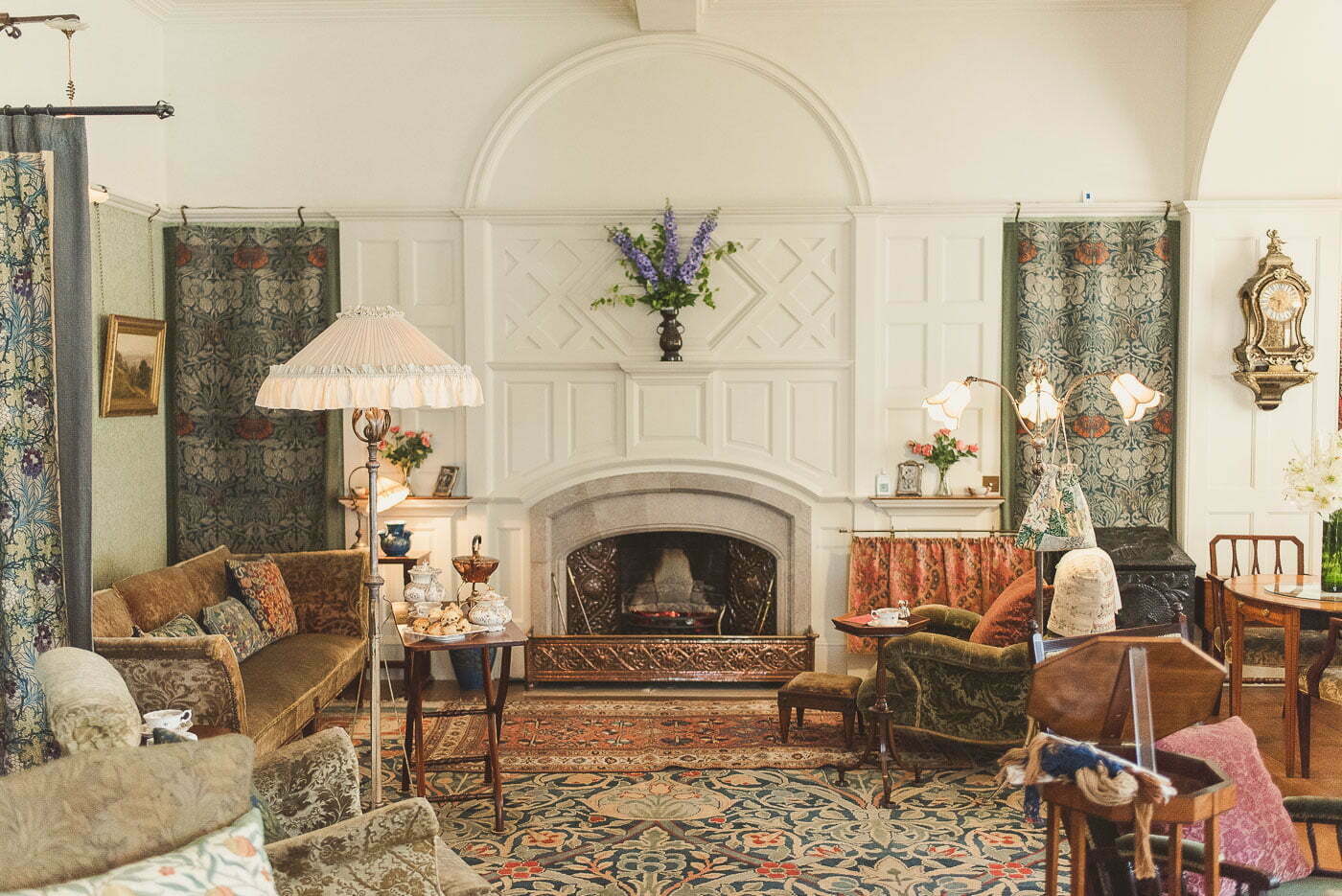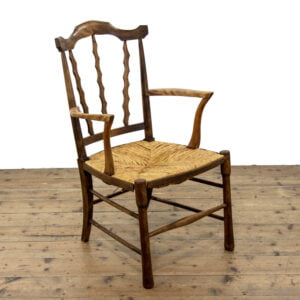In the Spotlight: Arts and Crafts Furniture
Introduction to Arts and Crafts Furniture
When contemplating British craftsmanship, the Arts and Crafts movement shines as a symbol of creativity and skilled artistry. This influential movement, born in the late 19th century, not only revolutionized furniture design but also left a lasting impression on architecture, decorative arts, and societal ideals. Our blog takes you on a historical journey of Arts and Crafts furniture in Britain, shedding light on the exceptional individuals behind its inception and exploring the enduring allure it holds for hearts and homes worldwide.
The Origins of Arts and Crafts Furniture
The roots of Arts and Crafts furniture can be traced back to mid-19th century Britain, a time of significant social, cultural, and economic change. The Industrial Revolution brought about mass production, making handcrafted goods increasingly scarce. In response, visionaries like John Ruskin and Augustus Pugin voiced their concerns over the dehumanizing effects of industrialization on design and architecture. Thus, the Arts and Crafts movement took shape in the 1880s, spearheaded by influential figures such as William Morris, John Ruskin, and Charles Robert Ashbee.
The Core Principles of Arts and Crafts Furniture
At its core, Arts and Crafts furniture epitomized several key principles:
Simplicity and Functionality: Embracing clean lines and unadorned forms, Arts and Crafts furniture focused on practicality, ensuring each piece served its purpose without unnecessary embellishments.
Handcraftsmanship: Rejecting mass production, the movement exalted skilled craftsmanship. Artisans lovingly crafted each item, infusing it with distinctive character and personality.
Natural Materials: Arts and Crafts furniture cherished materials like solid wood, copper, brass, and stained glass, connecting the pieces to the inherent beauty of the natural world.
Symbolism and Ornamentation: While simplicity prevailed, Arts and Crafts furniture often featured hand-carved motifs and symbols inspired by nature, folklore, and medieval art, adding a touch of romanticism to the designs.
The Influence of British Heritage and Traditional Styles
Deeply rooted in British heritage, the Arts and Crafts movement drew inspiration from medieval craftsmanship, Gothic and Tudor architecture, and the vernacular designs of rural villages. The captivating Cotswolds region, with its picturesque villages and historic architecture, became a hotspot for Arts and Crafts furniture. Here, skilled furniture makers and designers established workshops, producing exceptional pieces infused with regional character.
Prominent Artists and Designers of Arts and Crafts Furniture
William Morris: The Driving Force
William Morris, the quintessential figure of the Arts and Crafts movement, played a paramount role in its advancement. A multi-talented artist, writer, and social activist, Morris co-founded Morris & Co. in 1861 alongside Dante Gabriel Rossetti and Edward Burne-Jones. The firm showcased exquisite textiles, wallpapers, stained glass, and furniture designs, all reflecting Morris’s emphasis on craftsmanship, natural materials, and medieval motifs. His furniture designs, characterized by elegance and simplicity, were crafted with love and skill, embracing a unity of art and utility.
The Guild of Handicraft and Charles Robert Ashbee
Charles Robert Ashbee significantly contributed to the Arts and Crafts movement, founding the Guild of Handicraft in 1888. This collective of highly skilled craftsmen and artisans endeavored to preserve traditional craft techniques. Headquartered in East London, the guild produced exquisite metalwork, jewelry, and furniture. Ashbee’s furniture designs epitomized the movement’s essence, often incorporating hand-carved details, precious metals, and an authentic appeal, drawing inspiration from both medieval designs and contemporary trends.
Charles Rennie Mackintosh: The Scottish Influence
Scotland’s Charles Rennie Mackintosh made a remarkable impact on the Arts and Crafts movement. As an architect and designer, Mackintosh’s furniture designs fused Art Nouveau, Japanese aesthetics, and Arts and Crafts elements. His furniture pieces boasted geometric lines, innovative materials, and a focus on form and function. Mackintosh’s work, associated with the Glasgow School of Art, influenced a generation of designers and architects. His iconic high-backed chair, featuring a ladder-back design and a distinctive square motif, remains an emblem of Arts and Crafts furniture style.
Ambrose Heal and the Popularization of Arts and Crafts Furniture
The Arts and Crafts movement extended its reach as it gained momentum. Ambrose Heal, a prominent furniture designer and businessman, played a pivotal role in popularizing Arts and Crafts furniture among the middle class. In 1897, he transformed his family’s furniture store, Heal’s, into a hub for Arts and Crafts designs. Heal’s offered well-crafted, affordable furniture, aligning with the movement’s principles. By making arts and crafts furniture accessible to a wider clientele, Ambrose Heal ensured its influence touched various social strata. You can read more about the development of Arts and Crafts furniture for the home, and discover some fascinating pieces in the collection of the V&A museum here.
The Enduring Legacy of Arts and Crafts Furniture
The Arts and Crafts movement left an indelible mark beyond Britain, influencing design movements globally. Its emphasis on craftsmanship, functional beauty, and the integration of art into daily life laid the foundation for modern design ethos. Today, Arts and Crafts furniture continues to captivate enthusiasts, bridging the past and present while inspiring timeless creations that celebrate the beauty of handcraftsmanship.
Conclusion
The historical journey of Arts and Crafts furniture in Britain celebrates the enduring value of skilled craftsmanship and its intrinsic connection to nature. Spearheaded by brilliant minds like William Morris, Charles Robert Ashbee, and Charles Rennie Mackintosh, the movement holds a special place in furniture design. In an ever-changing world, Arts and Crafts furniture stands as a timeless reminder of the enduring value of skilled craftsmanship and the intrinsic connection between human creativity and the beauty of the natural world.
Here at Penderyn Antiques we offer a wide range of furniture, to shop our Arts and Crafts Antiques click here.



